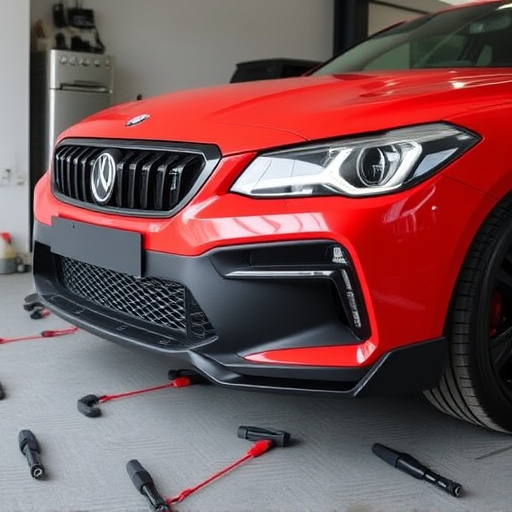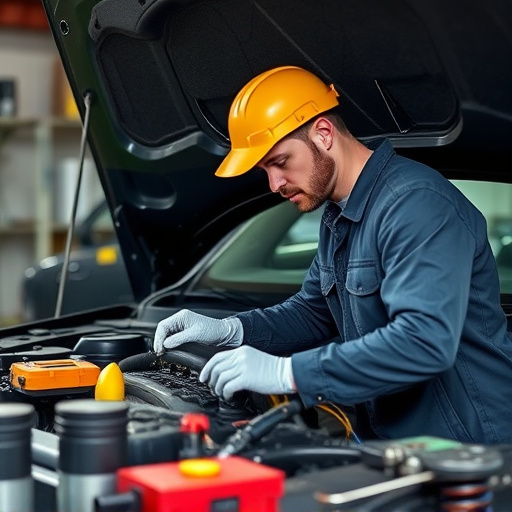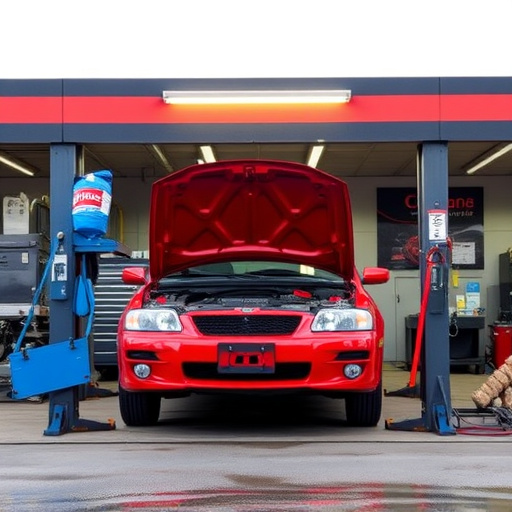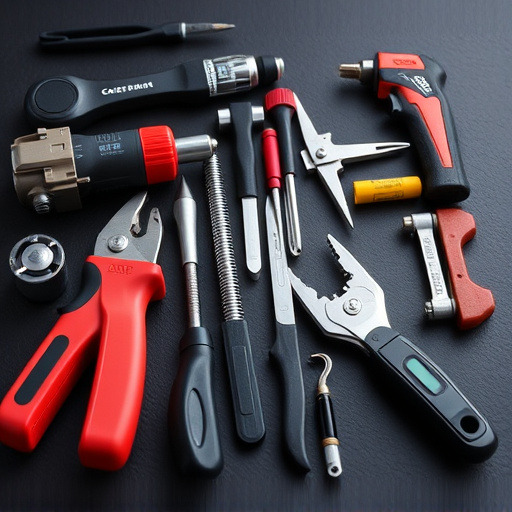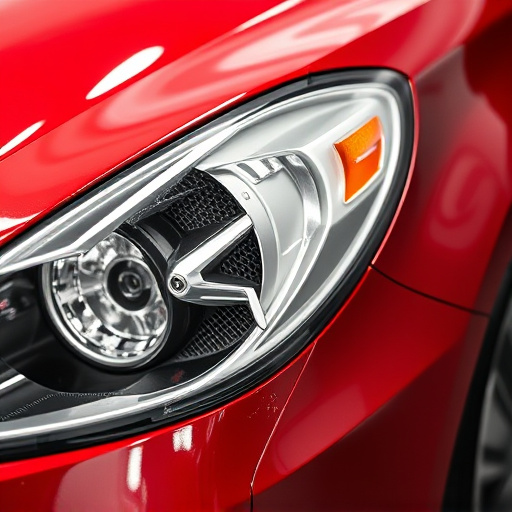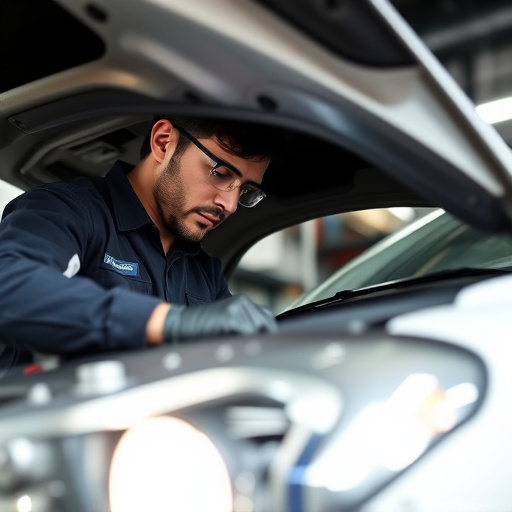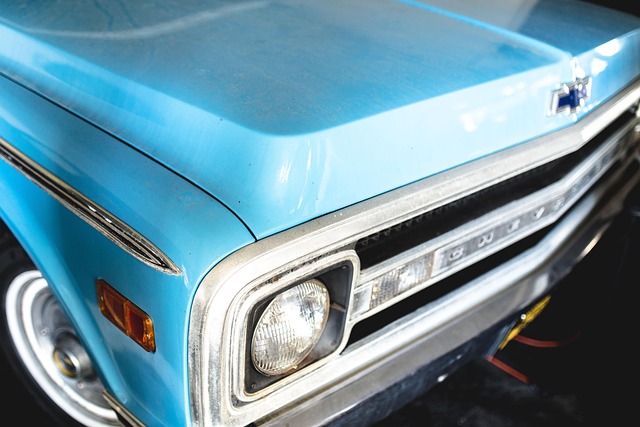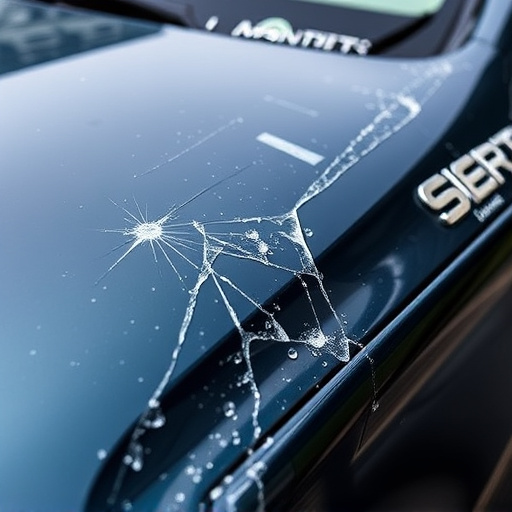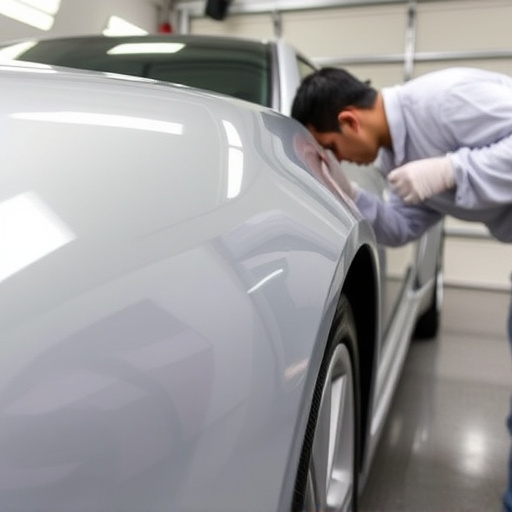Mobile PDR services transform vehicle body repairs by offering convenient, efficient dent removal for high-end cars like Mercedes Benz. This non-invasive technique saves time, eliminates transport or waiting, and is cost-effective for minor cosmetic damages. While highly beneficial for both customers and the automotive industry, inconsistencies in technician skill and logistical challenges may cause delays, requiring careful consideration before integration.
Is investing your time in mobile PDR (Property Damage Repair) services still a worthwhile decision? In today’s competitive market, understanding this question is crucial. Mobile PDR has evolved to become an efficient solution for modern businesses, offering on-site repairs and enhancing customer satisfaction. However, like any approach, it comes with its challenges. This article explores both sides—from the benefits of increased efficiency and customer retention to potential drawbacks—to help you decide if a mobile PDR service is still worth your time.
- Understanding Mobile PDR Service: The Basics and Its Relevance Today
- Pros of Embracing a Mobile PDR Solution: Efficiency and Customer Satisfaction Benefits
- Cons and Potential Challenges: Weighing the Drawbacks for Your Business Decision-Making
Understanding Mobile PDR Service: The Basics and Its Relevance Today

Mobile PDR services have evolved significantly over the years, offering a convenient and efficient solution for vehicle body repairs. Put simply, PDR (Paintless Dent Repair) is a specialized technique used to remove dents and dings from vehicle bodies without the need for extensive auto body painting or intricate mechanics. This non-invasive method involves skilled technicians using advanced tools to gently work around the dent, allowing them to push out the damaged area back to its original shape.
Today, with the demand for quick turnarounds and on-demand services at an all-time high, mobile PDR has become even more relevant. Unlike traditional auto body shops that require customers to bring their vehicles in, mobile technicians bring the workshop to the customer’s location—whether it’s a driveway, parking lot, or even while they’re at work. This service is especially beneficial for those who own valuable cars like Mercedes Benz and want to avoid the hassle of transporting their vehicles or waiting in long shop queues. Moreover, for minor cosmetic damages, mobile PDR offers a cost-effective alternative to a full auto body painting job, ensuring your vehicle looks as good as new without breaking the bank.
Pros of Embracing a Mobile PDR Solution: Efficiency and Customer Satisfaction Benefits

Adopting a mobile PDR (Paintless Dent Repair) solution offers numerous advantages for both businesses and customers in the automotive industry. One of the key benefits is the significant improvement in operational efficiency. By bringing the repair service directly to clients’ locations, whether it’s a customer’s home, workplace, or even their preferred car wash, mobile PDR technicians save valuable time and eliminate the need for back-and-forth trips to repair shops. This not only streamlines the process but also accommodates customers with busy schedules.
Furthermore, embracing this innovative solution enhances customer satisfaction. The convenience of having a fully equipped mobile workshop arrive at their doorstep appeals to modern consumers’ desire for quick, hassle-free services. Moreover, the non-invasive nature of PDR methods, such as car scratch repair and vehicle dent repair, ensures minimal disruption to the client’s daily activities. Frame straightening can also be accomplished on-site, providing customers with a seamless and efficient experience without the traditional downtime associated with more invasive repairs.
Cons and Potential Challenges: Weighing the Drawbacks for Your Business Decision-Making

While a mobile PDR (paintless dent repair) service offers unparalleled convenience and accessibility for both businesses and customers, it’s crucial to consider the potential challenges that come with this approach. One significant con is the variability in service quality among technicians. With no physical shop front, ensuring consistent expertise and adherence to high standards can be difficult. This inconsistency might lead to dissatisfied clients who receive less-than-satisfactory auto body work.
Furthermore, mobile PDR services often face logistical hurdles. Technicians need to carry a comprehensive toolkit capable of handling various dent repair jobs, which increases the initial investment required for business owners. Weather conditions can also pose issues, as outdoor work may be disrupted by extreme temperatures or precipitation, leading to delays and rescheduling appointments. These challenges must be carefully weighed against the convenience and potential benefits of offering mobile vehicle body repair services before making a decision for your business strategy.
In conclusion, while traditional methods still have their place, embracing a mobile PDR solution can significantly enhance your business’s operational efficiency and customer satisfaction. By leveraging modern technology, you can streamline processes, improve accessibility for both staff and clients, and ultimately deliver a more convenient service. However, it’s essential to carefully consider the potential challenges and weigh them against the benefits before making a decision. In today’s competitive market, staying adaptable and forward-thinking with your operations can set your business apart.
